Built to Last – The Built-in Revolution

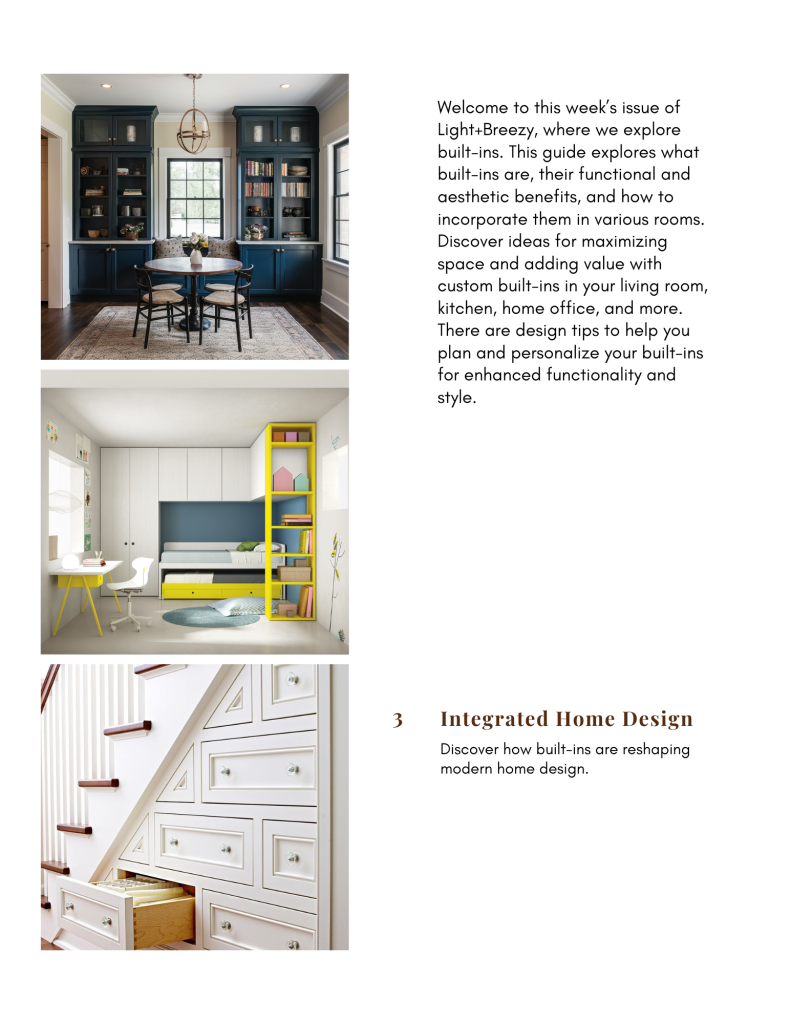
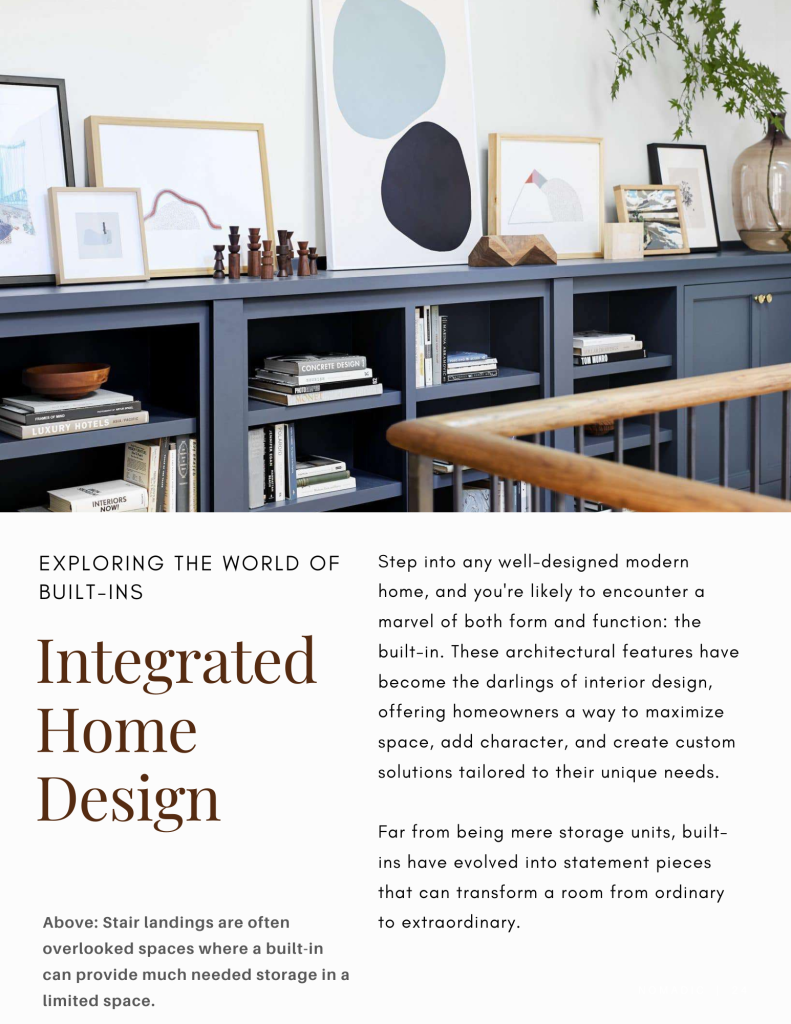

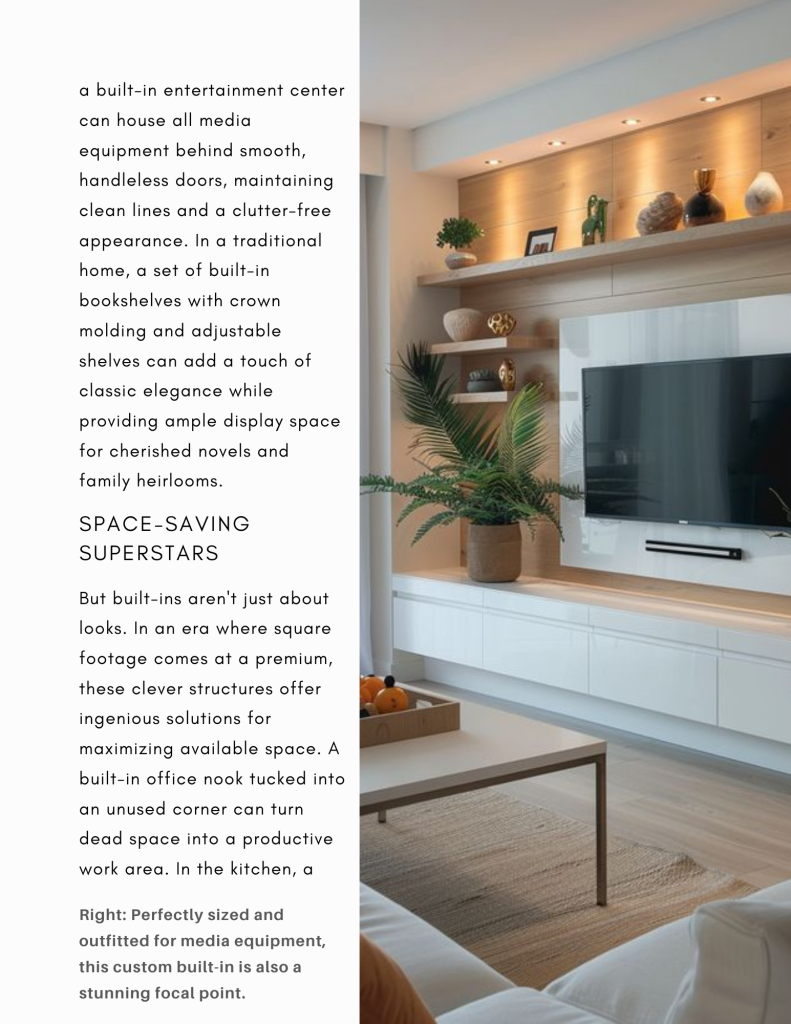
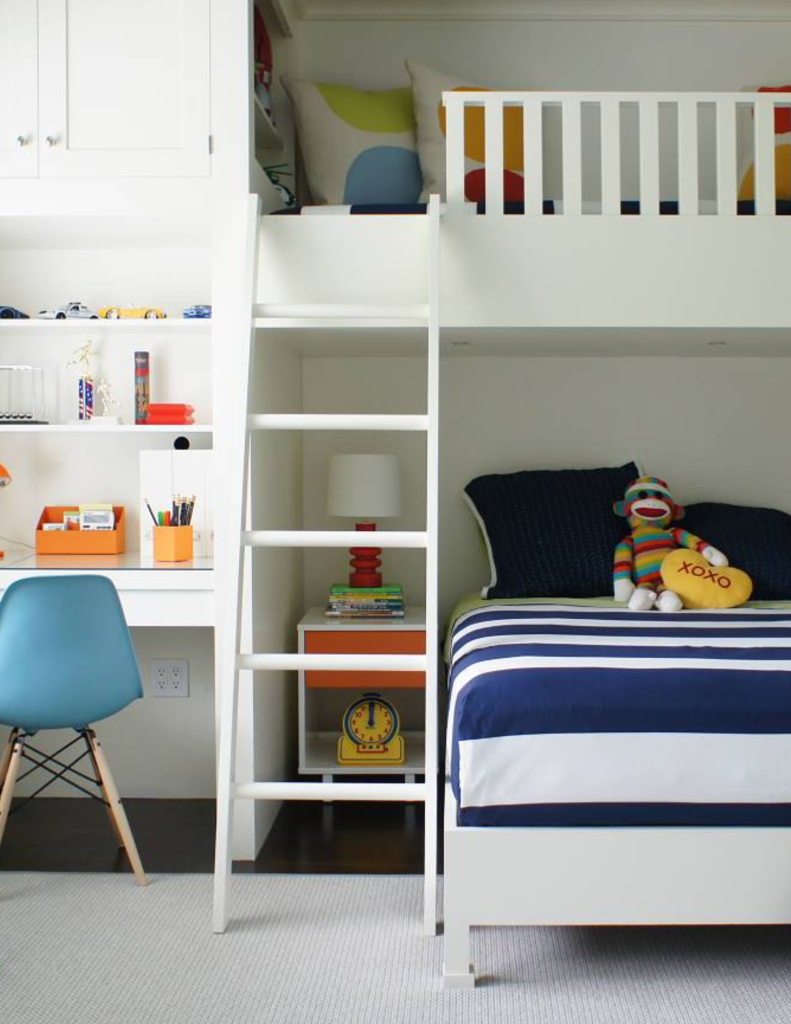
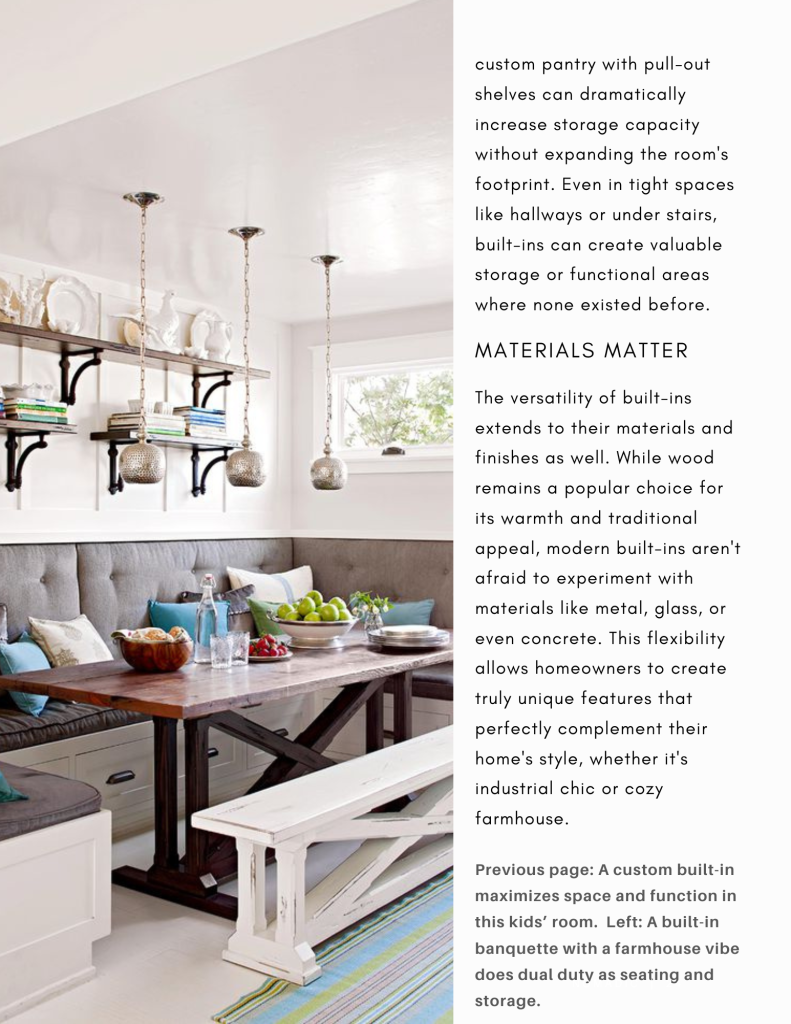

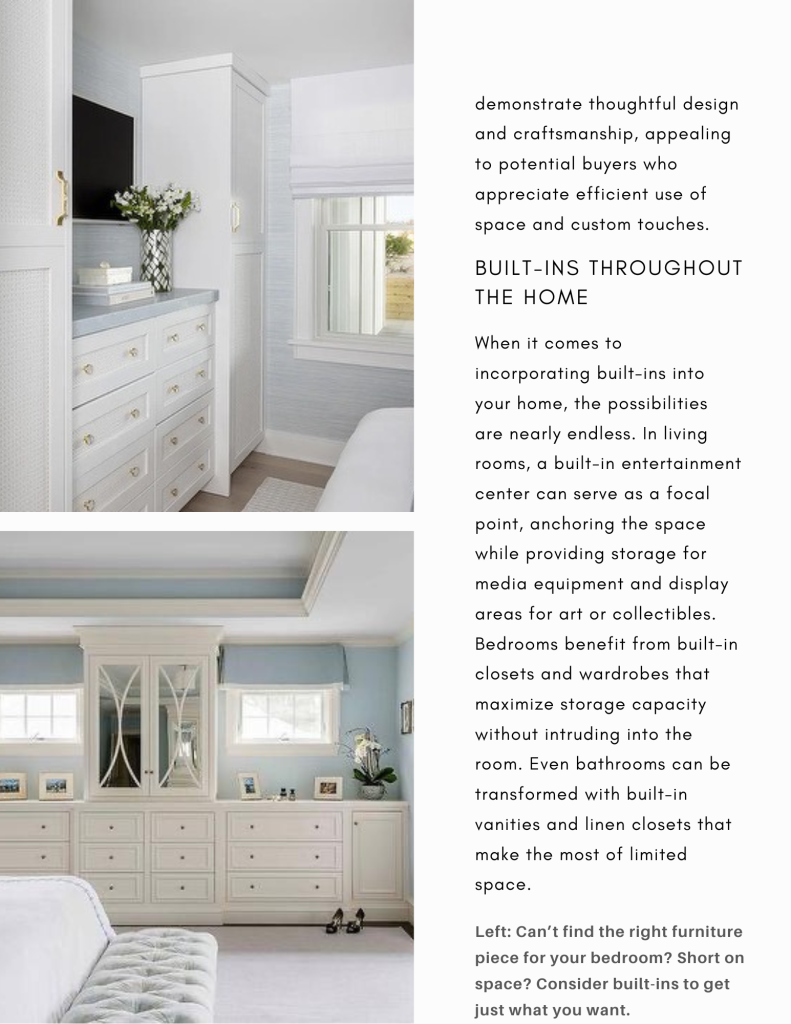

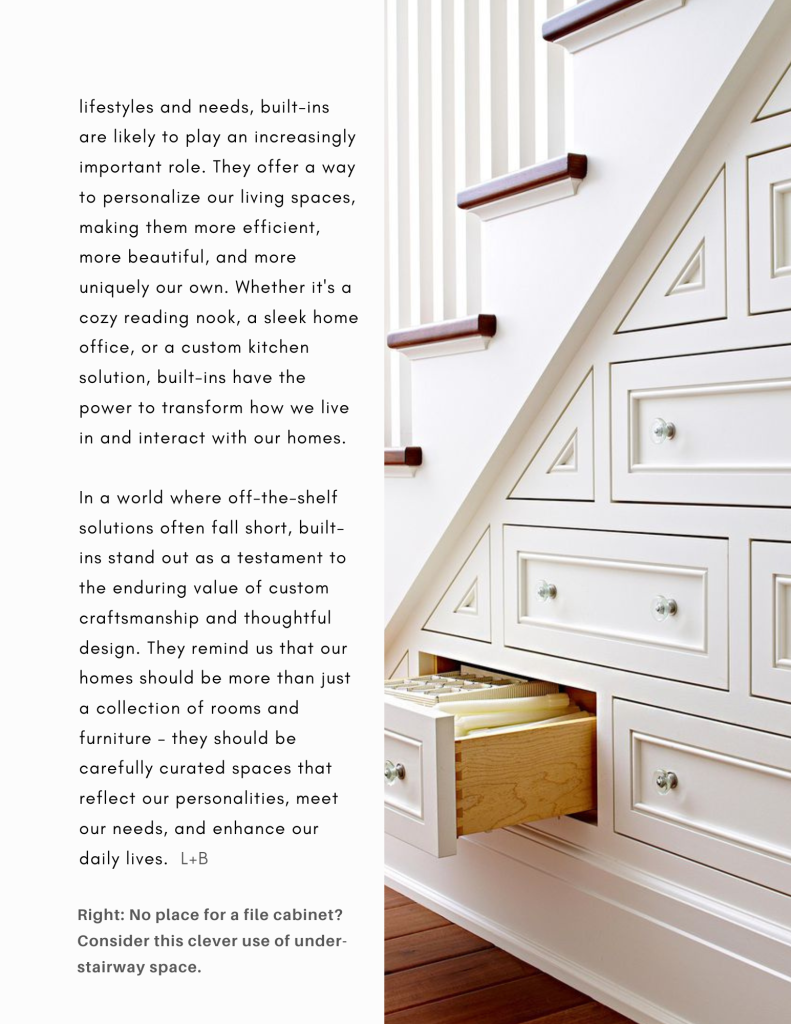
Complete Article Text:
Integrated Home Design:Exploring the World of Built-ins
Step into any well-designed modern home, and you’re likely to encounter a marvel of both form and function: the built-in. These architectural features have become the darlings of interior design, offering homeowners a way to maximize space, add character, and create custom solutions tailored to their unique needs. Far from being mere storage units, built-ins have evolved into statement pieces that can transform a room from ordinary to extraordinary.
What Exactly Is a Built-In?
At their core, built-ins are permanent structures designed to be an integral part of a home’s architecture. Unlike freestanding furniture, they’re fixed in place and often custom-made to fit specific spaces or serve particular functions. From floor-to-ceiling bookcases that frame a fireplace to a cozy window seat that invites lazy afternoon reading, built-ins come in myriad forms, each offering its own blend of practicality and aesthetic appeal.
Chameleons of Home Design
The appeal of built-ins lies in their chameleon-like ability to adapt to any space or style. In a sleek, minimalist apartment, a built-in entertainment center can house all media equipment behind smooth, handleless doors, maintaining clean lines and a clutter-free appearance. In a traditional home, a set of built-in bookshelves with crown molding and adjustable shelves can add a touch of classic elegance while providing ample display space for cherished novels and family heirlooms.
Space-Saving Superstars
But built-ins aren’t just about looks. In an era where square footage comes at a premium, these clever structures offer ingenious solutions for maximizing available space. A built-in office nook tucked into an unused corner can turn dead space into a productive work area. In the kitchen, a custom pantry with pull-out shelves can dramatically increase storage capacity without expanding the room’s footprint. Even in tight spaces like hallways or under stairs, built-ins can create valuable storage or functional areas where none existed before.
Materials Matter
The versatility of built-ins extends to their materials and finishes as well. While wood remains a popular choice for its warmth and traditional appeal, modern built-ins aren’t afraid to experiment with materials like metal, glass, or even concrete. This flexibility allows homeowners to create truly unique features that perfectly complement their home’s style, whether it’s industrial chic or cozy farmhouse.
Tailored to Your Life
One of the most significant advantages of built-ins is their ability to be tailored to the homeowner’s specific needs and preferences. Need a place to store and display your extensive vinyl collection? A custom built-in unit with angled shelves and a built-in turntable could be the perfect solution. Always losing your keys? A built-in mudroom organizer with designated spots for keys, mail, and shoes can help keep your entryway tidy and functional.
Boosting Home Value
Beyond their practical benefits, built-ins can significantly enhance a home’s value. Real estate experts often cite custom built-ins as desirable features that can set a property apart in a competitive market. They demonstrate thoughtful design and craftsmanship, appealing to potential buyers who appreciate efficient use of space and custom touches.
Built-Ins Throughout the Home
When it comes to incorporating built-ins into your home, the possibilities are nearly endless. In living rooms, a built-in entertainment center can serve as a focal point, anchoring the space while providing storage for media equipment and display areas for art or collectibles. Bedrooms benefit from built-in closets and wardrobes that maximize storage capacity without intruding into the room. Even bathrooms can be transformed with built-in vanities and linen closets that make the most of limited space.
Planning Your Built-In Project
However, designing and installing built-ins isn’t a task to be taken lightly. It requires careful planning and consideration of both form and function. Homeowners should think about how the built-in will be used, how it will fit with existing decor and architecture, and how it might need to adapt to future needs. While some built-ins can be DIY projects for the handy homeowner, complex designs or those requiring structural changes often benefit from professional expertise.
The Future of Home Design
As our homes continue to evolve to meet changing lifestyles and needs, built-ins are likely to play an increasingly important role. They offer a way to personalize our living spaces, making them more efficient, more beautiful, and more uniquely our own. Whether it’s a cozy reading nook, a sleek home office, or a custom kitchen solution, built-ins have the power to transform how we live in and interact with our homes.
In a world where off-the-shelf solutions often fall short, built-ins stand out as a testament to the enduring value of custom craftsmanship and thoughtful design. They remind us that our homes should be more than just a collection of rooms and furniture – they should be carefully curated spaces that reflect our personalities, meet our needs, and enhance our daily lives. As we look to the future of home design, it’s clear that built-ins will continue to be at the forefront, helping us create spaces that are not just houses, but truly homes.
